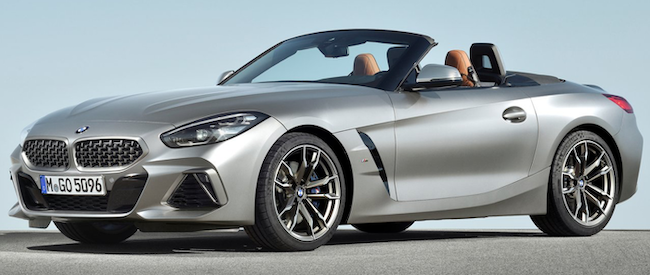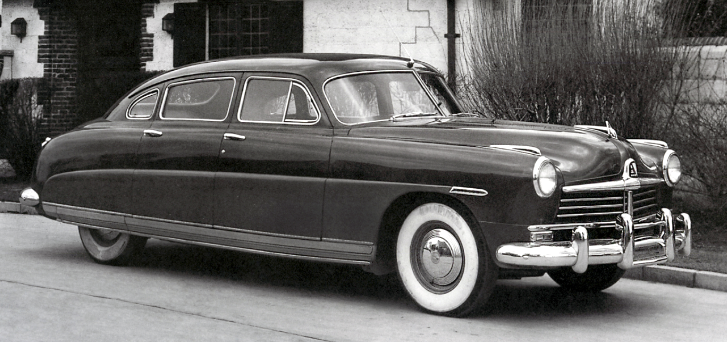Toyota Supra and BMW Z4

From time to time cars from different makers share the same motors or even platforms. An interesting recent example is the BMW G29 Z4 sports car platform that the company shared with the Toyota Supra J29/DB . Even though both cars share many mechanical features, their styling is distinctly different. And not just because the BMW is a convertible and the Toyota is a coupé. One reason why this was possible is that both firms are in good financial shape and their need for low-cost "badge engineering" styling was nil. Below are some factory publicity images for comparison. Each Z4 image is followed by one of a Supra. Gallery The only shared details from this viewpoint are the windshield, the round wheel openings, and the after part of the hood cutline. Even the door cutlines differ to some degree. About the only similarity seen here is the side sculpting upsweep theme -- but not any details.






